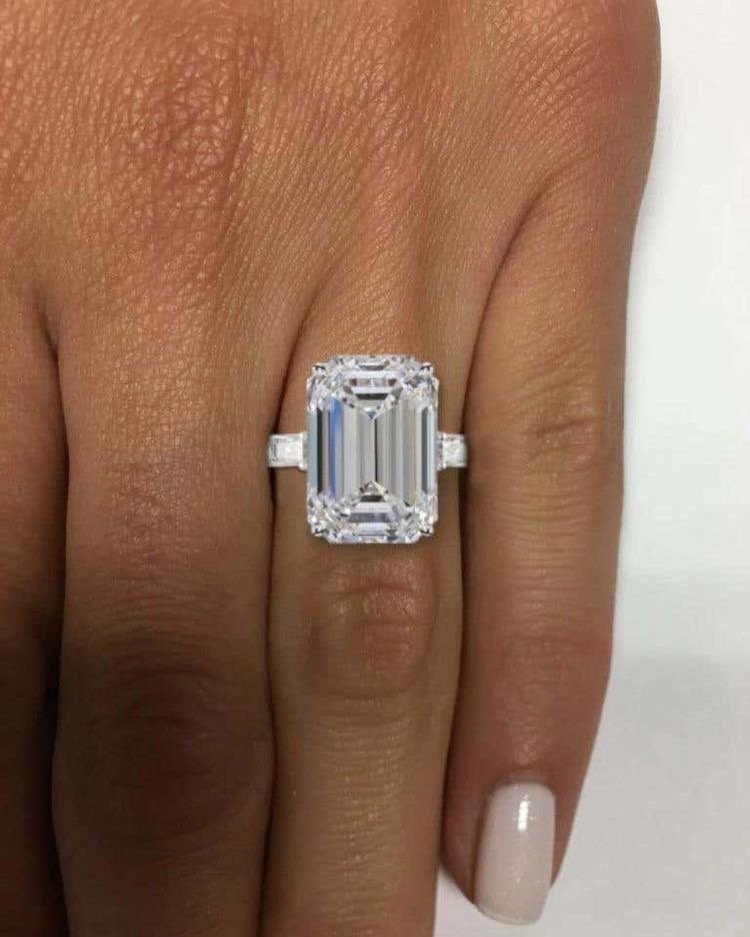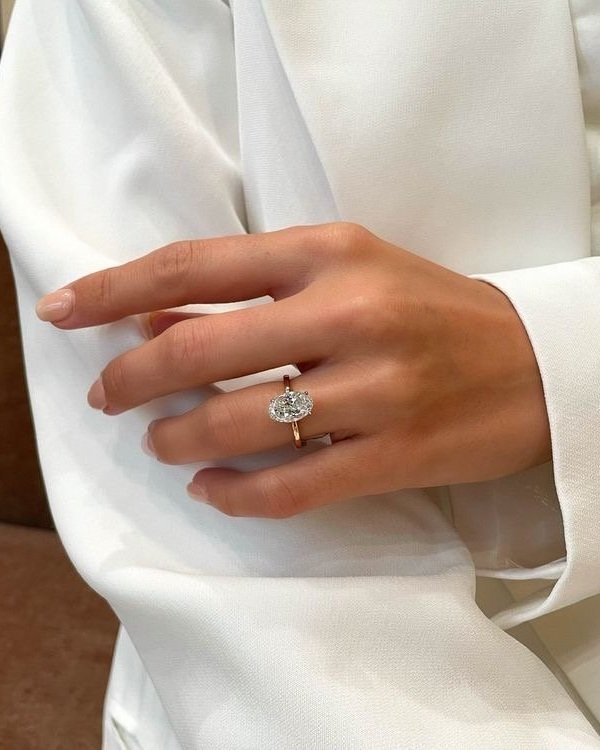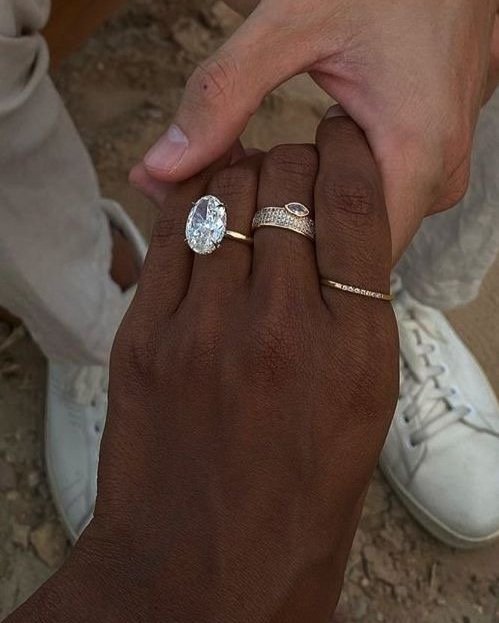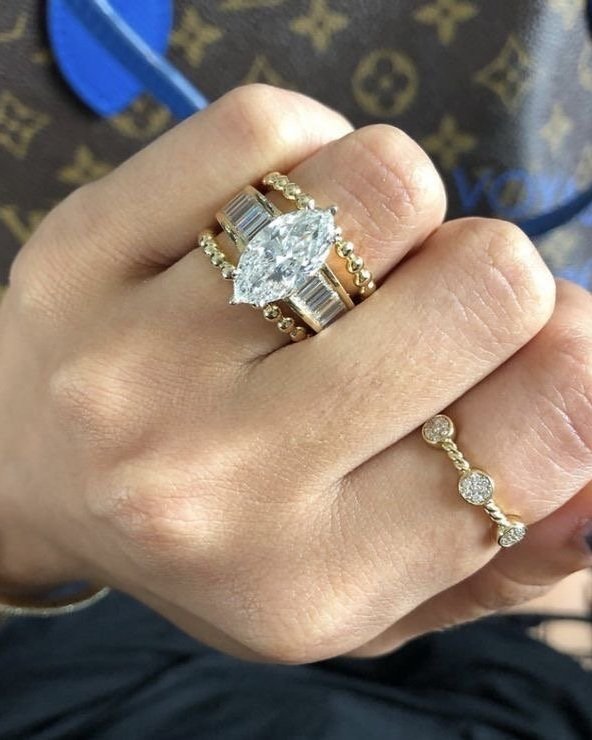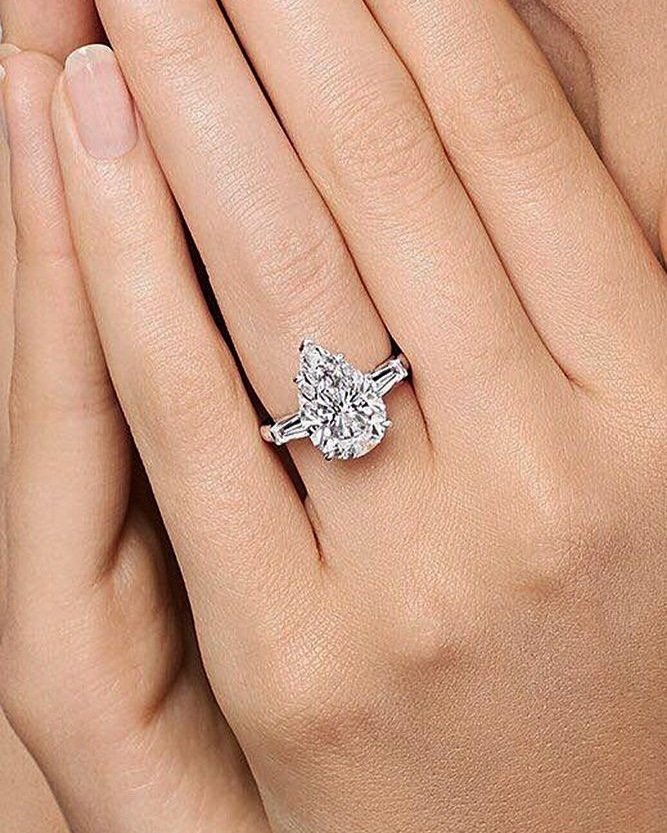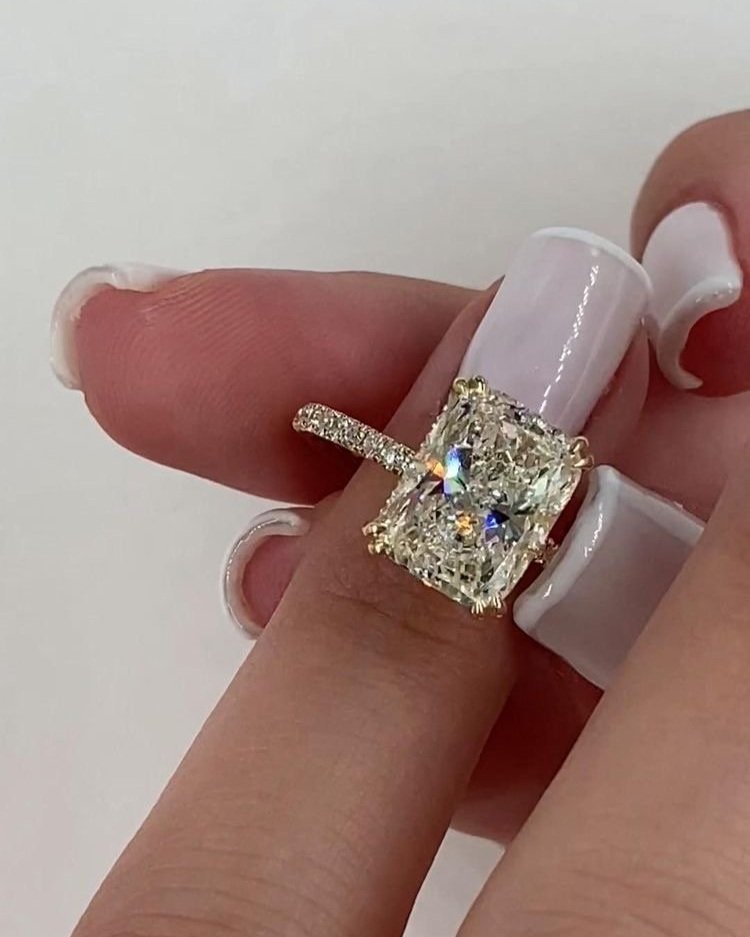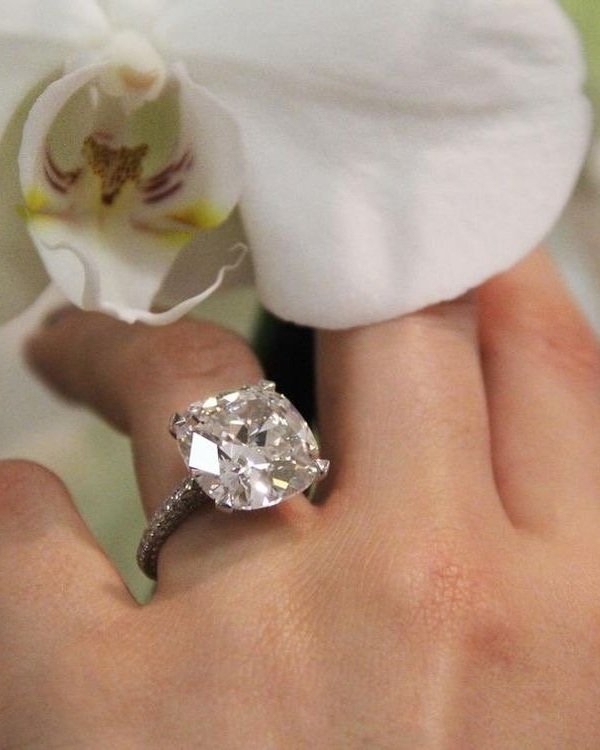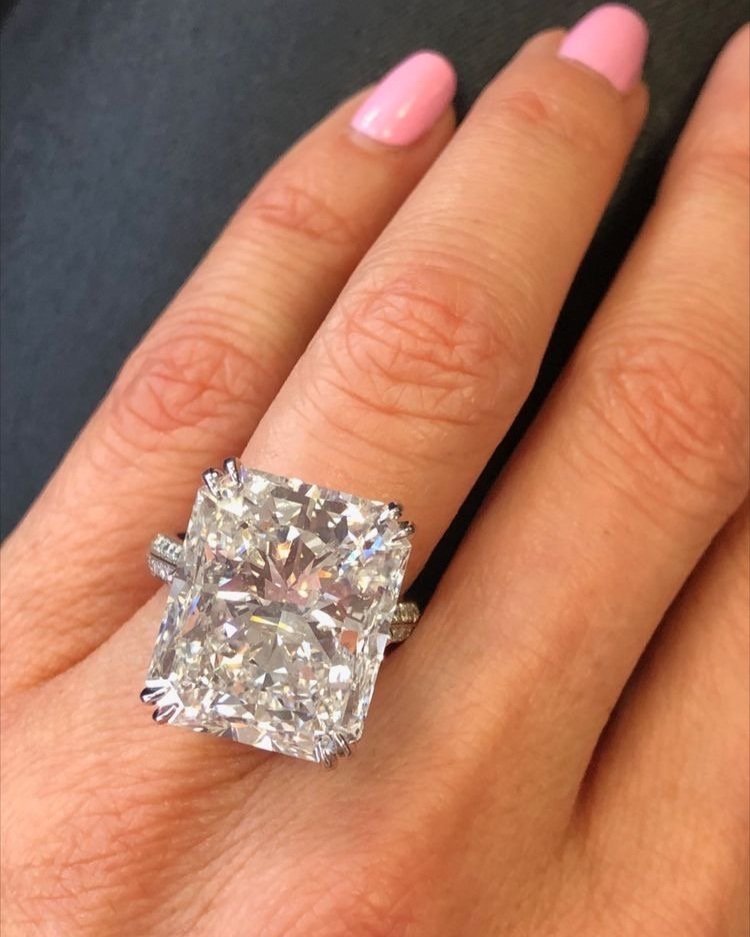Diamonds are one of the world's most precious and sought-after gems, and their beauty and brilliance are unmatched. But did you know how a diamond is cut can significantly affect its overall appearance and value? In this diamond cut guide, we will explore the different types of cuts and what to look for when purchasing a diamond.
The cut of a diamond refers to how it has been shaped and polished, and it determines the amount of light reflected to the viewer. A well-cut diamond will have the perfect balance of brightness, fire, and scintillation, while a poorly cut diamond may appear dull or lifeless.
Several types of diamond cuts include round brilliant, princess, emerald, oval, marquise, pear, cushion, and radiant. Each cut has unique characteristics and can affect the diamond's appearance and sparkles.
When shopping for a diamond, it is essential to consider the cut grade, determined by the Gemological Institute of America (GIA). The cut grade is based on several factors, including the diamond's proportion, symmetry, and polish. A diamond with an excellent cut grade will have maximum brightness, fire, and scintillation, while a diamond with a poor cut grade will have reduced brilliance and sparkle.
In addition to the cut grade, it is crucial to consider the diamond's overall proportions. The ideal diamond will have a depth percentage of 58-62% and a table percentage of 53-58%. The crown angle should be between 34-35 degrees, and the pavilion angle should be between 40.6-41 degrees. These proportions ensure that the diamond reflects light to the viewer most beautifully and brilliantly as possible.
When purchasing a diamond, it is also essential to consider your style and preferences. Some people prefer a classic and traditional round brilliant cut, while others prefer a more unique and modern cut like the princess or cushion. Whatever your preference, choose a diamond with a high-cut grade and ideal proportions to ensure maximum beauty and value.
In conclusion, the cut of a diamond is one of the most important factors to consider when purchasing a diamond. By understanding the different types of cuts and what to look for in a high-quality diamond, you can make an informed decision and choose a diamond that will sparkle and shine for a lifetime.
If you want the ultimate jewellery shopping experience, we highly recommend checking out Twenty4SevenTrends. We have a fantastic team of Personal Shoppers who can help you find the most beautiful diamonds and rarest pieces while staying within your budget. Plus, we have an incredible jewellery network and contacts, giving us access to the best the jewellery world offers. Don't wait any longer to find that perfect ring - reach out to us today and help us find your dream piece!


